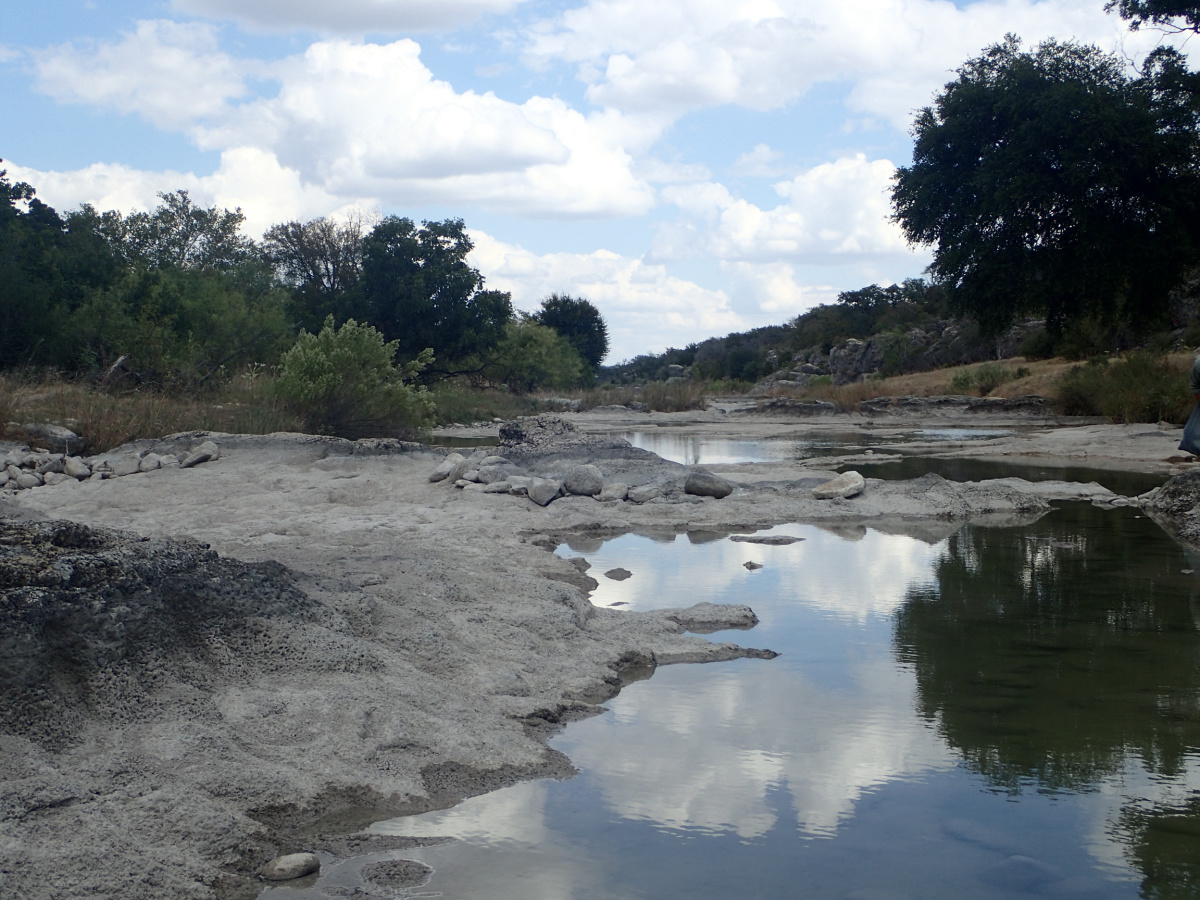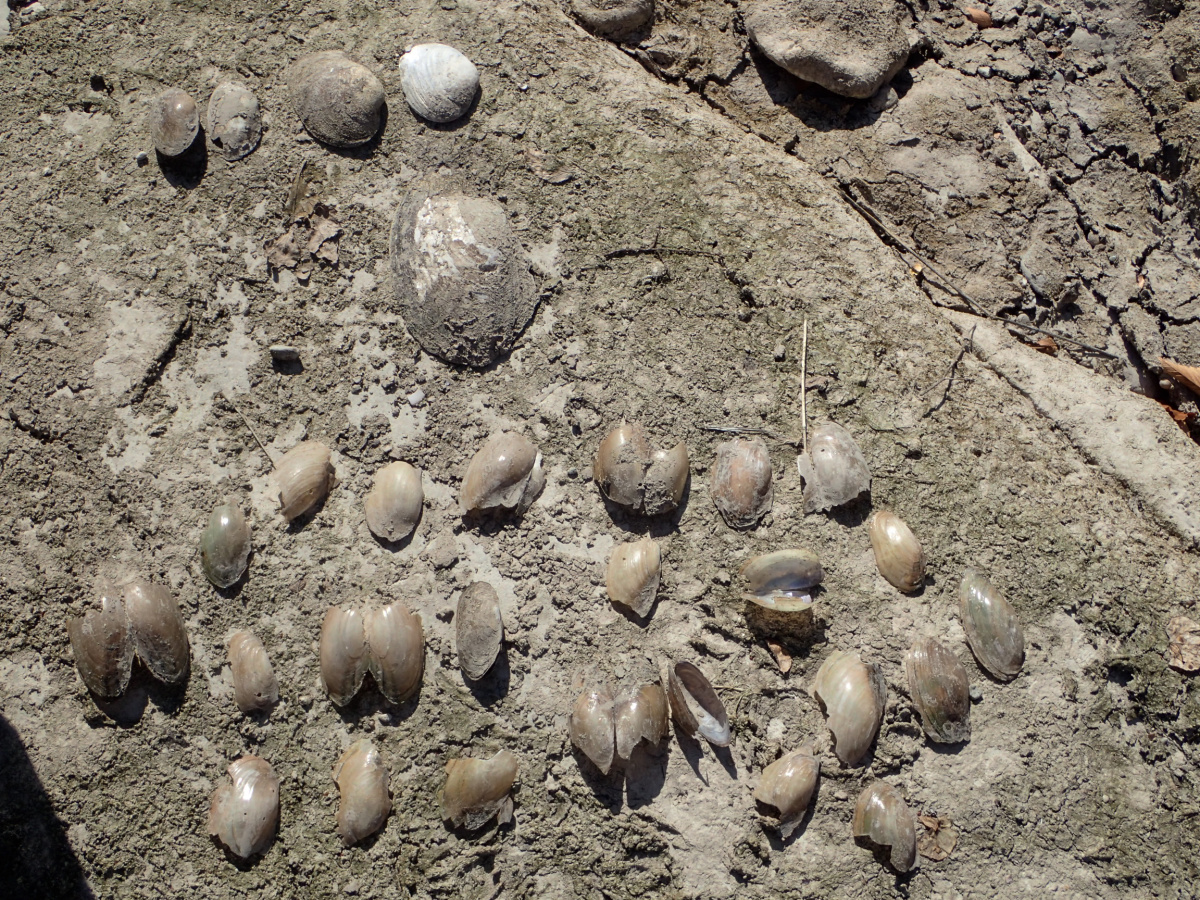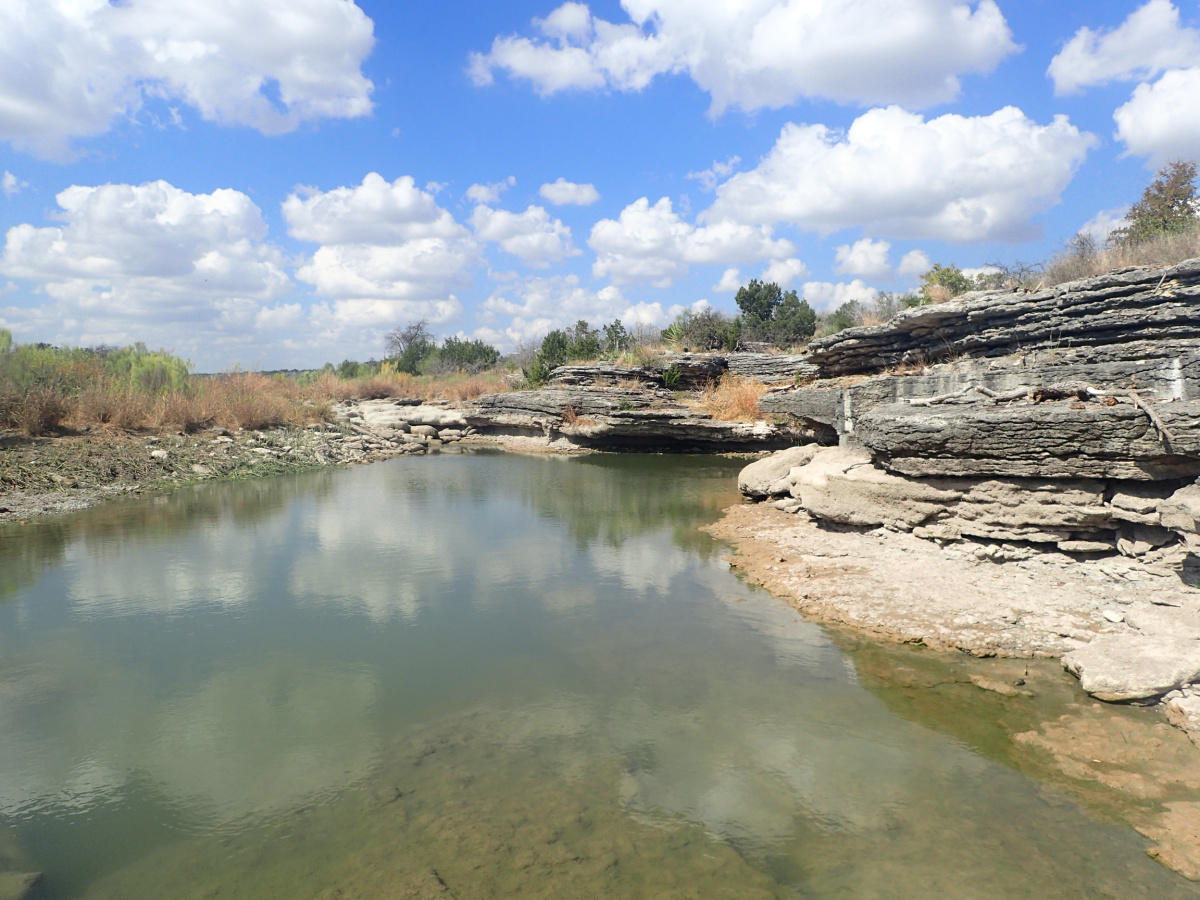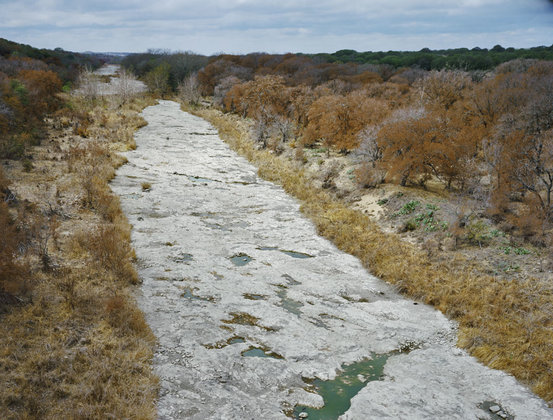by lanahill
Share
Share this post

Alluvial Wells
An alluvial well is a shallow well next to a river that takes surface water (i.e., state-owned water) through the alluvial sediments in the river (called “underflow”) rather than groundwater from the underground aquifer. State records show there are over 100 alluvial wells near the San Saba River in and around Menard and most of these wells are not permitted and none are known to have continuous flow metering devices for measurement of diverted water. These alluvial wells are the cause of dramatic losses of water flow in the San Saba River downstream of Menard. The alluvial wells are the biggest threat today to the San Saba River.
In 2011, Texas Commission on Environmental Quality (TCEQ) investigators began to confirm the presence of numerous shallow wells along the San Saba River and Menard Irrigation Company (MIC) Canal. Some of these shallow wells were as close as 15 feet from the river and as shallow as 15 or 20 feet drawing water from the San Saba through its alluvium.
The Friends of the San Saba (FOSS) sponsored hydrologic studies of the San Saba River in 2013 and 2015. These studies confirmed the existence of over 100 alluvial wells in close proximity to the San Saba River and MIC Canal, and the depth of all wells was less than 50 feet. The studies concluded:
- These 100 alluvial wells were diverting underflow from the San Saba River
- San Saba River flow downstream of Menard is negatively impacted by these alluvial wells.
- If TCEQ would limit surface water use for irrigation to actual permitted water right amounts, then water flow would remain in the San Saba River downstream of Menard.
TCEQ investigated alluvial wells on properties near Menard and concluded:
- The alluvial wells are the most likely cause of water flow loss on the San Saba River based on the best available scientific data.
- Many of the wells on these properties were illegal unpermitted alluvial wells drawing underflow from the San Saba River. TCEQ issued notices of violation to these landowners.
- One violator was illegally diverting water from the San Saba River so they could keep sufficient water in their private pond for their fish while the San Saba River went dry.
- Another violator illegally excavated a large pit within the San Saba River streambed to impound state owned water.
Despite these findings, TCEQ has not (1) stopped Menard irrigators and others with illegal unpermitted alluvial wells from taking San Saba River underflow even though it has solid evidence of these transgressions, (2) levied any monetary penalties for such illegal diversions, (3) undertaken any meaningful action for cessation of the illegal diversions or (4) compelled the installation of metering devices in order to ascertain the volume of state water that is being illegally diverted annually.
While TCEQ ignores illegal alluvial well diversions on the San Saba River, the State of Texas filed a lawsuit in 2013 in the U.S. Supreme Court against the State of New Mexico alleging that alluvial well diversions from the Rio Grande River in New Mexico reduce Texas’ apportionment of water supplies under the Rio Grande Compact. The impact of alluvial wells on the San Saba River is no different than the claims Texas has asserted against New Mexico. This ironic double standard is best described as TCEQ’s “Texas Two-Face” on water policy.
FOSS recommends that TCEQ and the Texas Legislature take the following actions to correct the ecological damage caused by alluvial wells on Texas’ rivers:
- All alluvial wells should be associated with an existing water right permit and have a continuous flow metering device for measurement of diverted water.
- Existing alluvial wells without a valid water right permit should be plugged and abandoned.
- All water well drillers should obtain verification from TCEQ that the landowner has a valid water right permit before drilling new alluvial wells or before repairing existing alluvial wells.
- Proactively investigate alluvial wells to ensure surface water diversions do not exceed permitted water rights.
As the Texas population continues to grow rapidly, action must be taken by TCEQ and the Texas Legislature so that Texas’ Rivers do not disappear and cause great harm to the river ecosystem and riparian landowners.
Further Information:
- No Resolution in Sight for Ranchers and Farmers Fighting Over San Saba River, Texas Observer, May 24, 2018, Discusses Brady, Texas Hearing held by the Texas House Committee on Natural Resources, which included testimony from upstream and downstream landowners on the San Saba River, state agencies, hydrologists, and other experts. [VIEW TEXAS OBSERVER ARTICLE LINK] [PDF DOWNLOAD]
- How to Disappear a River, Texas Observer, October 30, 2017, Discusses why a 40-mile stretch of the San Saba River keeps drying up, including discussion about alluvial wells, domestic & livestock water rights, and freshwater mussels. [VIEW TEXAS OBSERVER ARTICLE LINK] [PDF DOWNLOAD]
- America’s Most Endangered Rivers, American Rivers, 2013, Explains why American Rivers selected the San Saba River as the third most endangered river in the United States [PDF DOWNLOAD]





